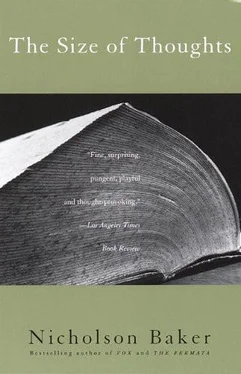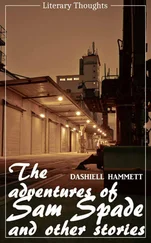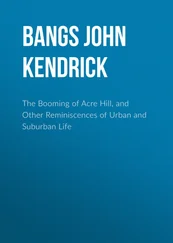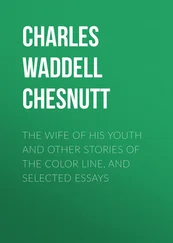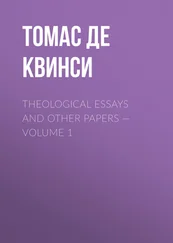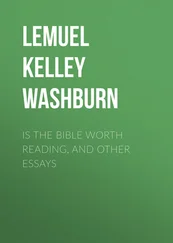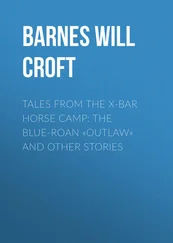9John Ozell’s important 1708 verse translation of Boileau’s Le Lutrin (not a part of Chadwyck-Healey’s gathering) includes, in Canto III, a very close imitation of Garth’s 1706 passage:
There undisturb’d volum’nous H — sleeps,
Him under Twenty faithful Locks he keeps;
Secure from Chandlers, and devouring Fire,
The learned Lumber there remains intire.
(I don’t know who “H—” is.) L’amas (“heap,” “hoard,” “load”) is the curt original in Boileau that Ozell expands into the Garthian “learned Lumber.” Nicholas Rowe, in his introduction to Ozell’s translation, writes: “Those who will take the Trouble to compare ’em now they are both in one Language, will be best able to judge, how near the Translator of the Lutrin comes to the Beauties which all the World has so justly admired in Dr. Garth .” Indeed. Since Ozell (whom Pope disliked enough to write a short, nasty epigram against the English Lutrin , published in 1727) had already stolen Garth’s “Learned Lumber” by 1708, Pope may have felt that it had become public property. (The first covert quoter is a thief; the second is merely well read.) The difficulty (for Pope) is that we tolerate a higher degree of importation in a translation like Ozell’s than in a professedly original poem like Pope’s Essay .
10 Alexander Pope: A Life , p. 103.
11“Tennysonian” is stretching it — I’m thinking of:
And Enoch Arden, a rough sailor’s lad
Made orphan by a winter shipwreck, play’d
Among the waste and lumber of the shore …
See the Tennyson concordance by “Arthur E. Baker, F.R.Hist.S., F.L.A., Secretary and Librarian, Taunton. Author of ‘A Brief Account of the Public Library Movement in Taunton,’ etc.,” which gives only that one lumber , as against six uses of luminous that immediately follow. Richard Blackmore (an enemy of Garth and eventually of Pope), in his Creation (1712), offers a beautiful intermediating image. Without the winds, he writes, a ship would
lye a lazy and a useless Load,
The Forest’s wasted Spoils, the Lumber of the Flood.
12“Creeps” also sounds Popish; unfortunately, though, Pope’s famous prosodic precept about monosyllables—“And ten low Words oft creep in one dull Line”—happens to be, as the Twickenhamites note, straight from Dryden’s “Essay of Dramatic Poesy”: “he creeps along with ten little words in every line.” The presence of Milbourne in the new passage (if it is he) does perhaps attest to Pope’s authorship, though: Pope went on to condemn Milbourne several times, e.g., in The Essay on Criticism (1. 463), and in The Dunciad (Book II and Appendix). Milbourne came to be thought of by Pope as Dryden’s Theobald.
13Apropos of word-frequency: of those writers whose careers preceded or overlapped Pope’s, Edward (“Ned”) Ward, the one who mentioned “lumber pies” some sections back, is the one who, according to the English Poetry Database , employs lumber the most frequently — eight times. He is followed by Pope himself: six unique lumbers and one lumberhouse (which must be searched for separately), after you subtract the duplicate lines from Dunciad I and Dunciad II . Dryden is next with five lumbers , if you add in the one from Mr. Limberham that the concordance gives, but which isn’t in the EPFTD because it’s from a play. Butler, Garth, Oldham, and Swift (though Swift isn’t on the disks) are next with four apiece; Denham has three; while underachievers like John Byrom, Aaron Hill, William Meston, and Samuel Wesley have career totals of only two lumbers . A relatively lumber-rich poetical loam, then, seems to be a good predictor of literary merit. Based on the statistics, it may be time for a revaluation of Ned Ward.
